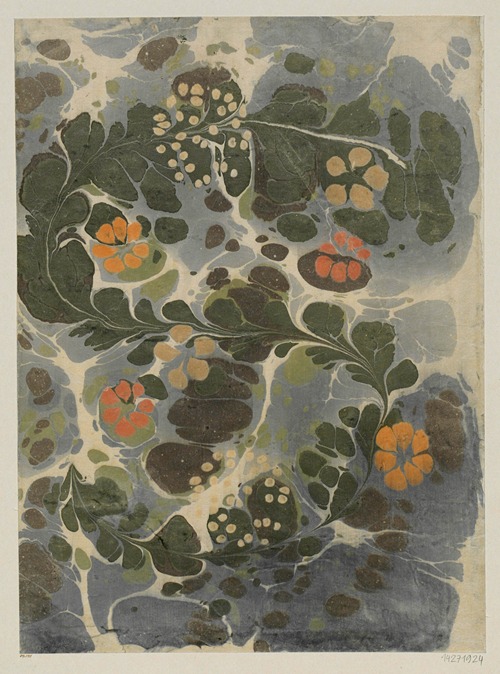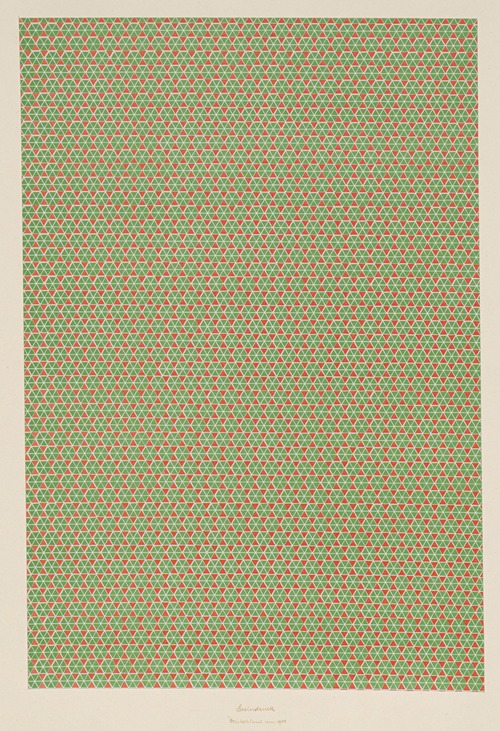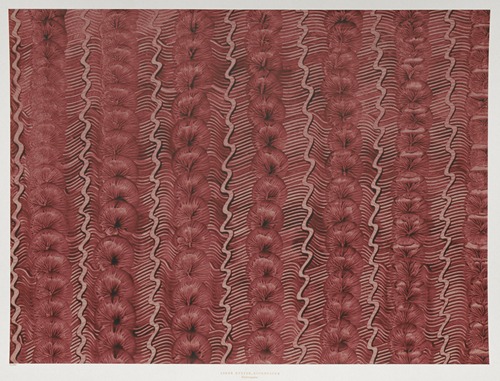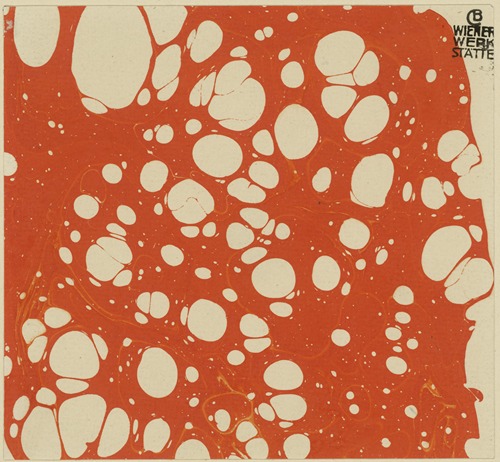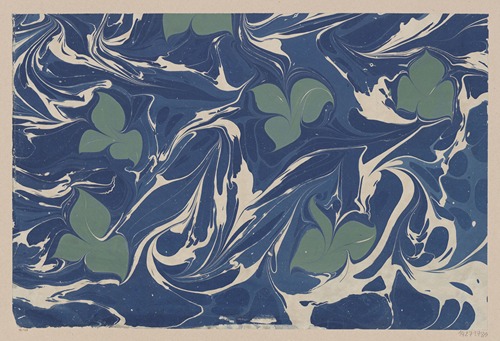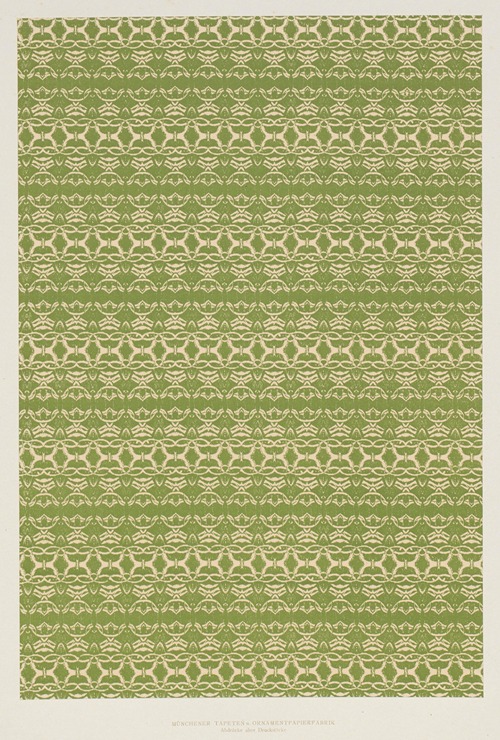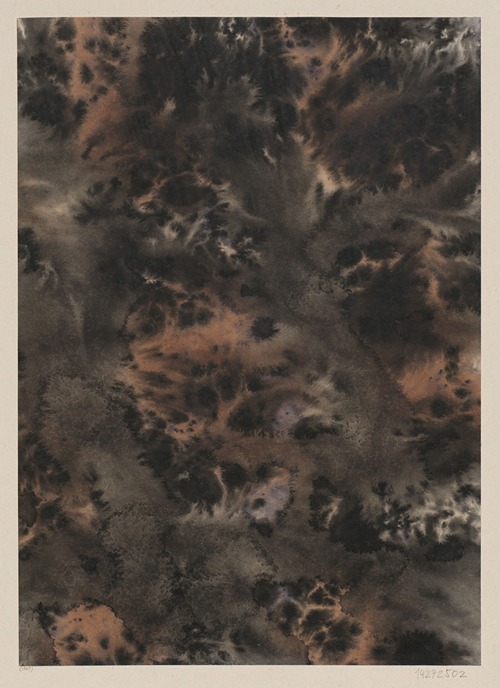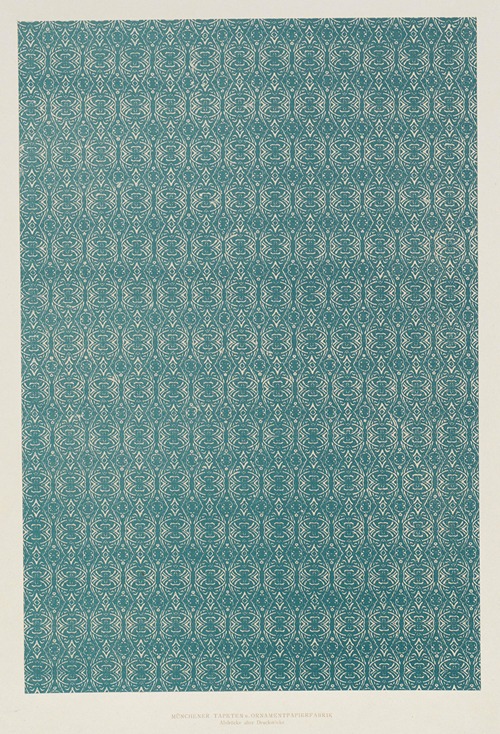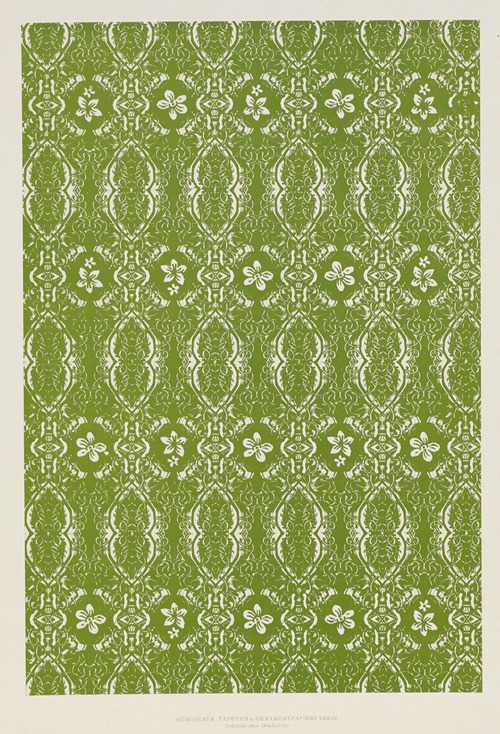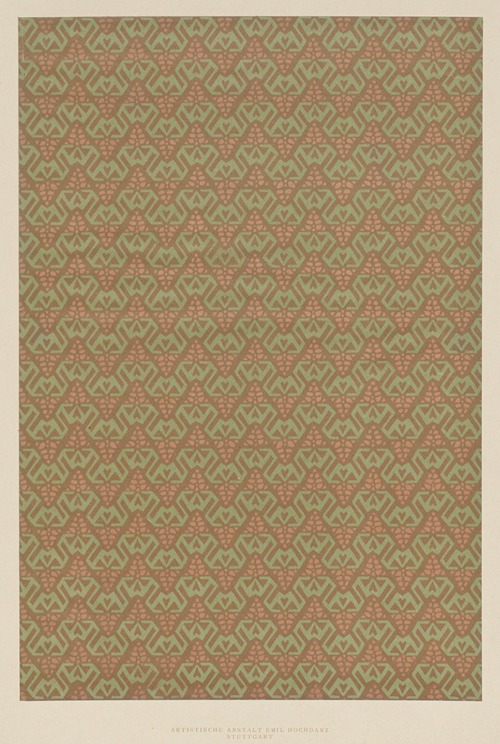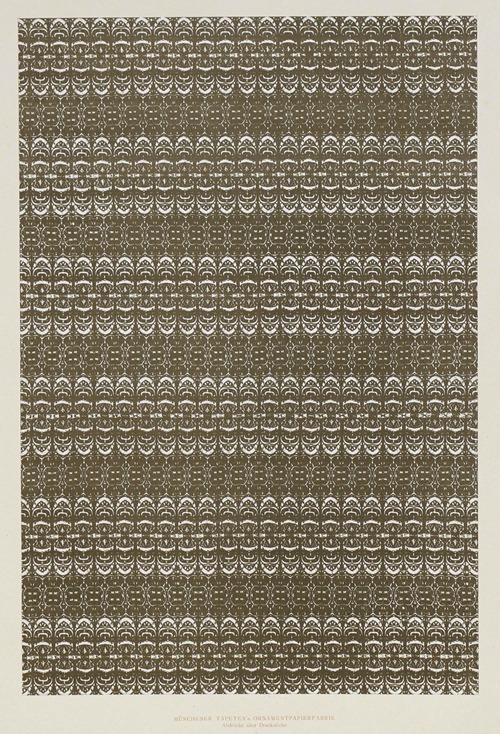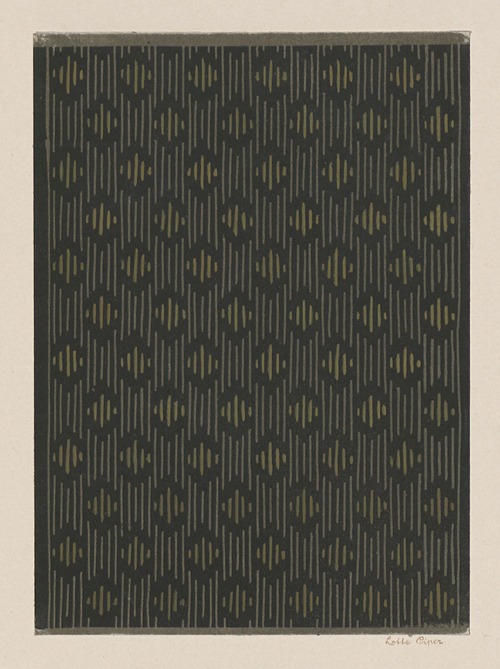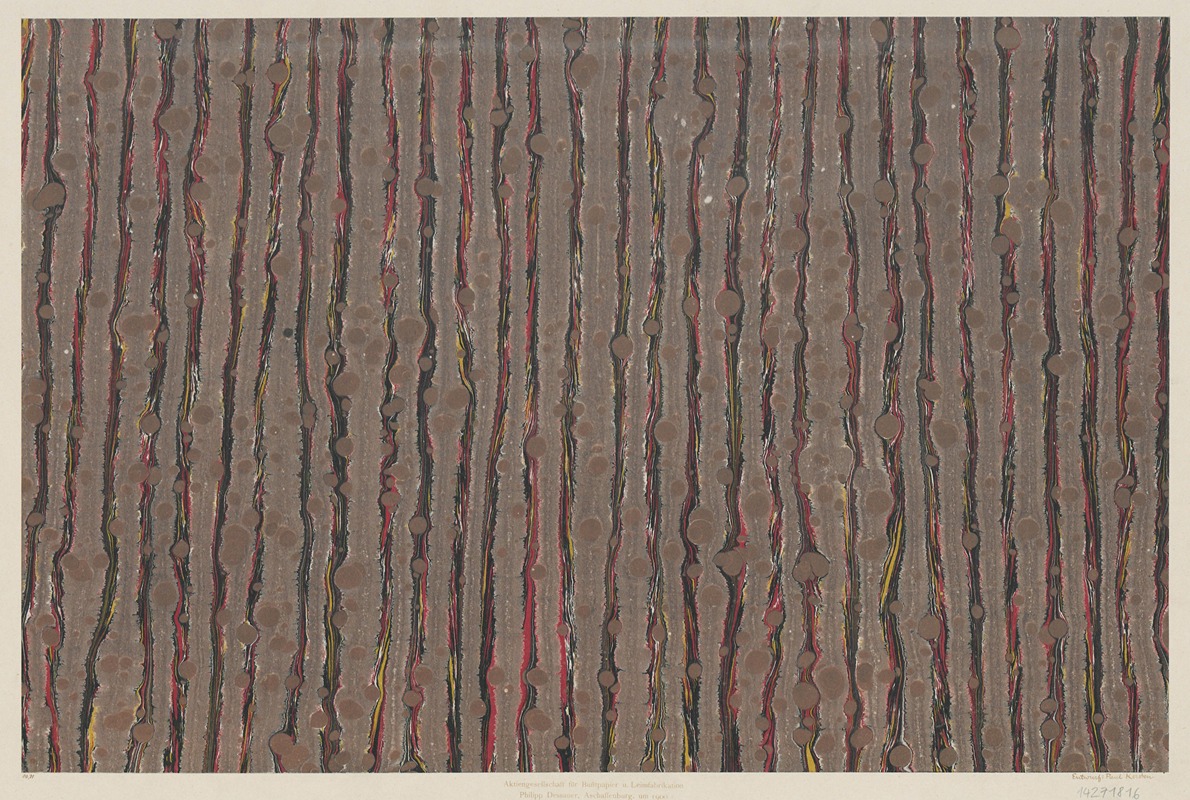
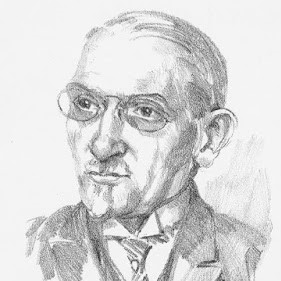
Paul Kersten was a German bookbinder, university teacher and author of numerous specialist publications.
Paul Kersten came from a family of bookbinders, with a tradition of craftsmanship that had been passed down from grandfather to father. After completing his training, he first traveled to Hungary, Romania and Sweden, among other places, to learn on the job. He worked in numerous bookbinderies in France, Sweden and Germany. He then became artistic director of the Aschaffenburg Buntpapierfabrik (see Philipp Dessauer), and later director of the Erlangen stationery factory Zucker & Co. AG in Erlangen. In 1899 Kersten was one of a group of bookbinders and book artists that included Marcus Behmer, Peter Behrens, Paul Brück, Walter Caspari, J.V. Cissarz, Otto Eckmann, Felix Eisengräber, Paul Leistikow, Georges Lemmen, Bernhard Pankow, Franz Stassen, Heinrich Vogeler and others, to the binding designers and book artists who were asked by the Leipzig-based book wholesaler F. Volckmar to provide designs for linen-bound books.
Kersten opened his own workshop in Breslau and in 1904 became the director of the Lüderitz & Bauer bookbinding factory in Berlin for a few months. He subsequently became a teacher of the class for artistic bookbinding at the Berlin-Charlottenburg School of Applied Arts (later the Berlin Bookbinding School) and director of the Lette Association's bookbinding school. In 1912 Kersten, together with Carl Sonntag jun., Otto Dorfner, Paul Adam, Bruno scheer and Maria Lühr, founded the Jakob Krauße-Bund, a book arts association dedicated to preserving the traditions of the craft. As its chairman from 1914 to 1921, he proved to be an extremely self-confident and combative colleague who did not shy away from public disputes with professional colleagues, collectors and publishers. This trait was crucial to the 1923 split of the Master Bookbinders Association from the Jakob Krauße Association.
Although stylistically and creatively limited and not very innovative, Kersten succeeded in stylizing himself as the leading binding artist of the early 20th century through extremely precise work, extreme ambition in all areas of his craft, and equally skillful and tireless self-promotion. Kersten's publishing activities were aimed primarily at his own industry and at young talent. As early as 1885, he wrote a large number of articles for almost all German trade journals and positioned himself as an educational authority in the bookbinding trade. He concentrated on technical articles in association magazines and trade textbooks; in addition, as the editor-in-chief of the Berliner Hochschulnachrichten (Berlin University News), he also exerted his influence in the field of education policy. He also created a lasting legacy with the Kersten folding stick, which he invented and sold, and which was highly recommended in his textbooks. Paul Kersten achieved his greatest significance as a teacher. Over the years, he trained generations of outstanding bookbinders. His students include some of the most important German bookbinders of the 20th century, such as Otto Dorfner, who later became head of the Weimar School of Arts and Crafts, and Otto Pfaff, who was head of the workshop for hand binding at the Halle Burg Giebichenstein workshops. Kersten's influence even reached America through his student George A. Baer, who ran the bookbinding department at the Cuneo Press in Chicago.

